Sector-Level Dynamics and Collective Action in the United States, 1965-1975
To explain varying levels of collective action by social movement organizations in the United States operating during the height of the 1960s protest cycle, this article examines social movement sector-level dynamics alongside indicators of resources and political opportunities. Drawing on hypotheses from neoinstitutional, organizational ecology, and embeddedness perspectives, the paper emphasizes the importance of understanding the sector-level dynamics of legitimacy, competition, and embeddedness when explaining levels of collective action. Results show strong support for neoinstitutional, organizational ecology, and embeddedness theories, but more mixed support for arguments about how political opportunities and resources affect levels of collective action by social movement organizations.

